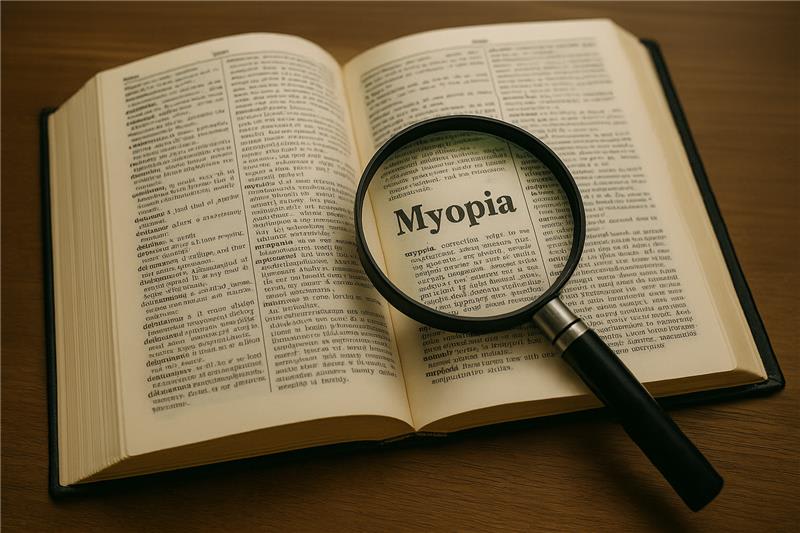The International Myopia Institute (IMI) has published a new consensus editorial titled “Myopia Correction, Myopia Control, and Myopia Management: Definitions and Recommended Usage” in Investigative Ophthalmology & Visual Science (IOVS). Serving as a precursor to the upcoming 2025 IMI White Paper series, the editorial provides clarification on 3 widely used yet often misunderstood terms in the field of myopia care: correction, control, and management.

With global myopia prevalence on the rise, the IMI recognizes the urgent need for consistent terminology across clinical, research, and regulatory environments. Misuse or ambiguity surrounding these terms can hinder effective communication among eyecare professionals, industry, regulators, and patients, the authors noted.
“We consulted a broad range of stakeholders and carefully defined these terms to support clarity between conventional correction and active intervention,” said Prof. Ian Flitcroft, lead author and IMI taskforce member, in a press release.
The editorial offers distinct definitions to be universally adopted in clinical and professional discourse:
- Myopia Correction: Refers to optical devices or procedures—such as glasses, contact lenses, or refractive surgery—that restore visual acuity but are not designed to influence the underlying progression of myopia.
- Myopia Control: Encompasses interventions that aim to slow axial elongation and the progression of myopia. These approaches are often supported by clinical trial data, involve treatment efficacy monitoring, and carry specific regulatory designations in many countries.
- Myopia Management: A broad, evidence-based clinical approach that includes correcting refractive error, assessing risk factors, implementing myopia control strategies, promoting healthy visual behaviors, and providing long-term monitoring for potential complications.
Myopia management should be viewed as a comprehensive care model that identifies at-risk patients early, provides lifestyle counseling (eg, outdoor time, digital screen usage), and applies control therapies in a timely manner, whereas myopia correction and control interventions are integral components of management but should not be conflated with the overall patient-centered care strategy.
The IMI encourages all stakeholders—including eyecare practitioners, educators, researchers, industry leaders, and regulators—to incorporate these definitions into clinical protocols, product labeling, and educational materials. Consistency in terminology is expected to improve interdisciplinary collaboration and strengthen the foundation for future research and treatment advancements.
The editorial is available open access through IOVS and at myopiainstitute.org. The 2025 IMI White Paper series will provide in-depth, evidence-based guidance on myopia management across clinical and public health domains.



